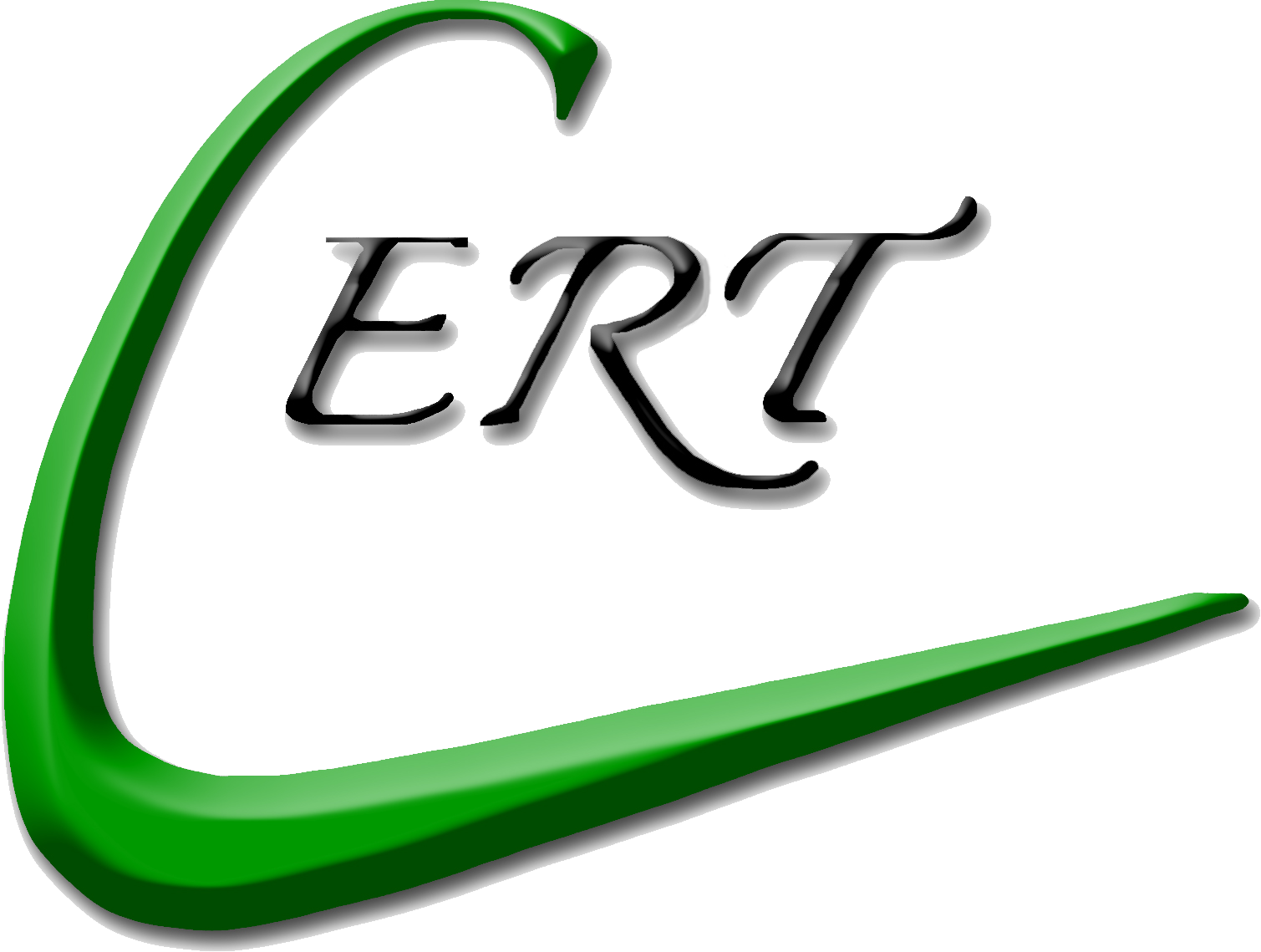What documentation is required in the sub-folders:
Note: If you are not reading this page in English – images are for reference and do not readily translate, but the layout and indication of where the information is should support the explanation. If you need further support, please email [email protected]
1.
2.
3.
4.
5.

Product Artwork
Product Declarations
Product Manual – Construction Details
Product Registrations
Product Testing
1. Product Artwork – Point-of-sale product artwork showing all artwork panels of the packaging and any printed supporting materials supplied with the product.
Please only upload low-resolution product artwork as it is for identification purposes, either: pdf/jpeg/jpg/png/psd;
2. Product Declarations If your product has a market compliance marking requirement (e.g. UKCA or CE mark), then you have a mandatory requirement to hold on file either a self-declaration to a specified format or a declaration provided by a notified body depending on your product and legislation requirements. It is encouraged to hold a voluntary self-declaration even if a mandatory one is not required as it is good due diligence, but also reinforces your technical competency and control over your product development if challenged.
3. Product Manual – Construction Details
a. Bill of Materials (BoM) which provides a breakdown of the materials and volume involved in the construction of the product up to the point-of-sale packaging. It assists with confirming the current substantiation on file addresses the product as a whole. This will have additional later uses for example recording packaging waste for billing purposes, but also demonstrates an understanding and a control of your product development;
b. Specification which maps out the construction requirements, tolerances and demonstrates the quality and consistency of your product development;
c. Risk assessments – mandatory (for some product areas e.g. toys it is a mandatory requirement) or voluntary recordings;
d. Safety Data Sheets for formulated products;
e. Product Manuals (that are printed and supplied with the product) or online content (off-pack copy) e.g. online advertising or product write-ups.
4. Product Registrations
a. 3rd party endorsements e.g. FSC certificate of sustainable wood/paper supplied, quality endorsements;
b. Notified Body registrations e.g. Organic for food; CPNP/SCPN registration for cosmetics, or national poison centre for formulated products;
c. Confirmation of Extended Producer Responsibility (EPR) registration requirements e.g. packaging waste.
5. Product Testing
a. Health and safety testing – mandatory;
b. Performance testing – voluntary.
Add the information as per the filing guidance. This ensures consistency across our filing and helps keep your review time and cost to a minimum. This information will also become your official legal representation of the product for your intended markets, so it is imperative it is in a clear logical format.
As a minimum CERT will need a copy of the product artwork to be used on the point-of-sale packaging (all faces of the packaging) and any technical documentation or testing to prove the safety and market compliance of your product. Information such as registration confirmation is recommended but not mandatory in all product areas. As a minimum we will require an internal declaration/email confirming your registration requirements e.g. packaging waste have been addressed. For example, if you sell electrical products on the German market without a Waste Electronic and Electrical Equipment (WEEE) registration in place, it is subject to a €160k fine.
How many folders do I need to create?
Do I need to create a new folder for each item?
For products that share identical material construction, regulatory requirements, and testing, with variations limited to colour, quantity, or size (and no additional testing required for any of these), you may save these variations within the same folder. The same testing, specification, and declaration documents will apply to all variations. The only additional document permitted, if necessary, is artwork, which must be stored in the Artwork sub-folder, with a separate file for each variation.
However, for products sharing a Product Information File (PIF), each variation or SKU must be listed on a separate line in the Product Schedule. This ensures compliance with Stage 2, where each SKU requiring market representation must be individually identified.
A separate SKU must have a separate line in the Product Schedule, unless an alternative arrangement is agreed upon in writing beforehand. An exception can be made for large volumes (100+ SKUs) where the only variation is size, under the condition this has been pre-approved by your assigned regulatory expert.
As a minimum CERT will need a copy of the product artwork to be used on the point-of-sale packaging (all faces of the packaging) and any technical documentation or testing to prove the safety and market compliance of your product. Information such as registration confirmation is recommended but not mandatory in all product areas. As a minimum we will require an internal declaration/email confirming your registration requirements e.g. packaging waste have been addressed. For example, if you sell electrical products on the German market without a Waste Electronic and Electrical Equipment (WEEE) registration in place, it is subject to a €160k fine.
Please do not delete sub-folders if you believe they are not relevant. They are there for both of us as a reminder to consider if details are necessary. If the folder is blank when we review your product, the assumption will be made that you do not consider it not necessary to have any substantiation in that product area (which is common). Our regulatory professional team will feedback if you are missing information, but removal of folders slows down our review time and can incur extra cost.
It is at your discretion what information you would like assessed, but the more information you can provide, the more comprehensive evaluation we can provide. If inadequate information is provided for assessment and further details are declined upon request, CERT reserves the right to refrain from reviewing the product due to legal and safety considerations.
Next step – Update the Product Schedule – see “How the Product Schedule works” in our Guidance and Information overview, then notify CERTLabel.
